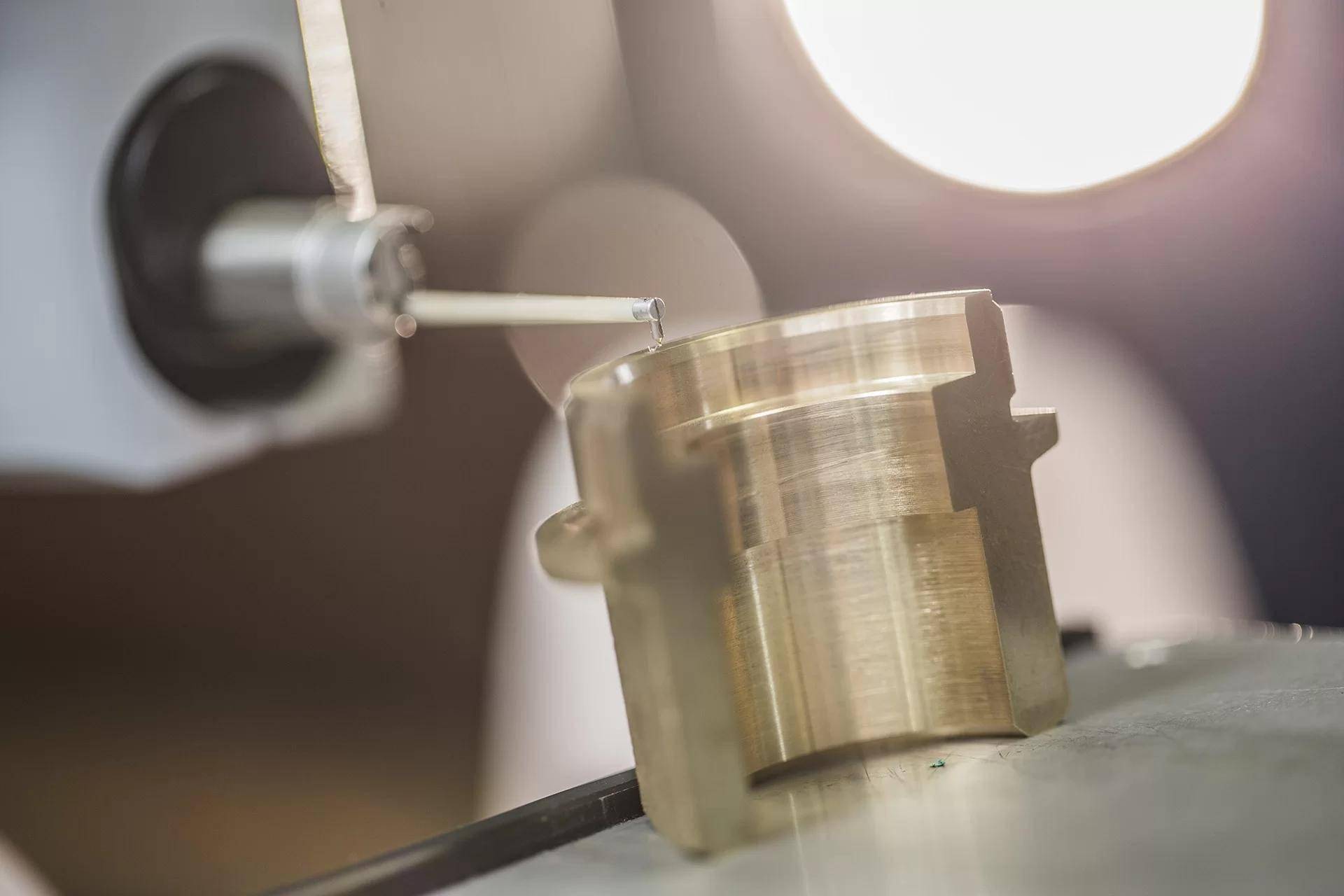
Oct 17, 2022
The plumbing sector is at the center of the energy requalification of buildings, in which there is ample space for brass components
The analyses of the sanitary hydrothermal sector for 2021 confirm the favourable trend started in the second half of 2020. The market for sanitary ware, air conditioning, floors, walls and bathroom furniture closed in 2021, marking a growth in turnover of +33% (compared to 2020). A +27.6% compared to 2019.
But what are the numbers recorded so far and the overall expectations of 2022 in the Italian hydrothermal sector? The first half of this year shows a picture that cannot be described as negative. However, the scenario of the second half of the year opened with the greatest uncertainties. They range from war in Ukraine to very high inflation, from an increase in interest rates to a sharp increase in construction costs in the building industry.
The hydro-sanitary sector is strongly linked to new buildings and to the requalification of homes by families. The trend in this sense still records a positive sign due to the different bonuses available to the market. While it is certain that incentives have an expiration date, on the other hand they increase the awareness and interest of Italians in the field of efficiency. The goal of energy improvement remains at the top of every family’s needs. In fact, 77% of the new buildings sold in 2021 are in class A and B. However, the space for efficiency improvement in the residential is still marked, since the properties of private individuals are responsible for about 45% of final energy consumption. The hydro-sanitary sector therefore has room for growth.
The construction plant sector is strongly linked to the objectives of the 2030 Agenda for Sustainable Development in Europe. All the elements that strengthen energy efficiency are becoming increasingly important. The components produced and with low energy impact in the field of plumbing also contribute to the challenge. The circular economy, climate change and decarbonisation are the major challenges to be overcome. The hydrothermal sanitary components and the plant sector in general acquire an increasingly strategic role in the overall environmental sustainability.
Brass components are by nature particularly suitable to meet the needs of Sustainable Development towards which we are aiming. The high thermal conductivity of brass allows a low energy expenditure and a low overall environmental impact. In addition, brass ensures virtually endless reuse. The corrosion resistance of the brass components makes it ideal for use in the fields of fittings, valves, taps, irrigation, fire protection systems and air conditioning. Brass components are also ideal in the industrial, automotive and electromechanical sectors.